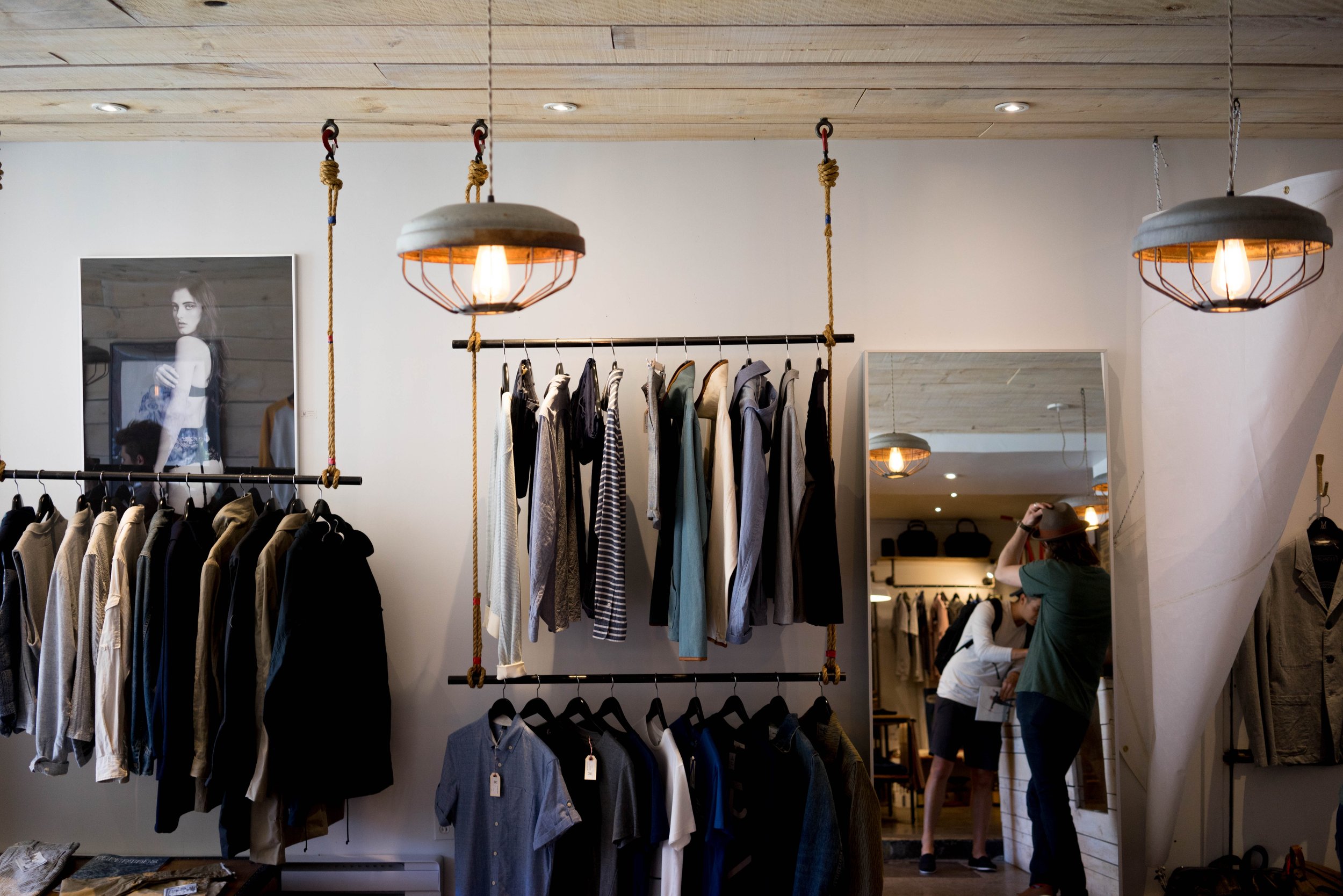Exploring the World of Lasting Boutique Fashion Brands
Exploring the Evolution and Influence of Clothes on Modern Fashion Trends
The evolution of garments has significantly influenced modern-day fashion patterns, combining historical criteria with sophisticated advancements. Iconic figures like Coco Chanel and Yves Saint Laurent reinvented the style industry by introducing principles that prioritize comfort and access, which continue to resonate today.
Historic Fashion Influencers
In the tapestry of fashion history, particular numbers have left an indelible mark, forming the patterns and styles that specify entire ages. Coco Chanel, an innovative developer, redefined ladies's fashion by introducing comfy, elegant clothing that left from restrictive bodices.
Elsa Schiaparelli is one more essential number, renowned for her progressive designs that included surrealist art, collaborating with Salvador Dalí to produce whimsical pieces that challenged conventional appearances. Her innovative use shade and vibrant patterns resounds in modern style. Yves Saint Laurent, on the other hand, democratized haute couture with prêt-à-porter collections, bringing runway designs to the masses and setting a precedent for modern ready-to-wear lines.
These enthusiasts, to name a few, not just changed style in their times but also set enduring patterns that resonate in today's apparel industry, supplying a foundation upon which contemporary developers remain to build and innovate. Their traditions highlight the relevance of creativity and daring in fashion's ever-evolving story.
Technological Improvements in vogue
Among the vibrant landscape of the garment industry, technical innovations stand at the center of development, reshaping how designers develop and consumers involve with style. The combination of 3D printing has actually changed layout procedures, making it possible for developers to explore complicated structures and sustainable products that were formerly impossible. This modern technology promotes quick prototyping, lowering waste and quickening manufacturing times.

Smart textiles, installing technology right into textiles, are likewise changing the industry. Technologies like self-cleaning and temperature-regulating textiles offer improved capability and comfort. Wearable innovation, including features like physical fitness monitoring and communication, adds a brand-new measurement to fashion, merging appearances with practicality.
Social Changes and Design
As technical advancements remain to improve the apparel industry, social shifts are just as influential, redefining style and consumer preferences. In recent times, the surge of social media platforms has accelerated the dissemination of global fashion trends, allowing diverse social influences to exist together and assemble. This digital interconnectivity has helped with the rapid exchange of ideas, leading to click this an extra diverse and comprehensive interpretation of design that mirrors the diverse nature of contemporary society.
Cultural awareness and admiration have actually motivated developers to attract motivation from a broader range of ethnic and historic contexts, integrating traditional concepts with modern aesthetics. This blend has actually led to fashion that reverberates with a broader audience, advertising a feeling of identity and belonging throughout various demographics. In addition, the boosting demand for personalization has driven brand names to use adjustable options, allowing consumers to reveal originality while showing their cultural heritage.
In addition, moving social values have actually affected style, with inclusivity and click here for more diversity becoming main styles. The sector has started to accept versions and influencers of different body kinds, ethnic backgrounds, and gender identifications, difficult standard appeal standards. This improvement underscores the power of cultural changes fit the future of style, as design ends up being an extra authentic expression of individual and collective identity.
Sustainability and Modern Style
While the style sector proceeds to evolve, the necessary for sustainability has actually come to be significantly immediate, affecting modern-day layout techniques. The surge of slow-moving style, which stresses high quality over amount, motivates customers to spend in classic items rather than transient trends.
Moreover, contemporary design is identified by its development in minimizing waste and advertising circularity. This method not just reduces ecological effect but additionally improves the social duty of fashion houses.

Future Trends in Fashion

Sustainability will proceed to be a driving force in forming future style patterns. The industry is significantly adopting environmentally friendly products and honest production techniques, replying to an expanding consumer need for responsible techniques. Advancements such as bio-fabricated materials and closed-loop recycling systems are established to redefine how apparel is created and eaten, decreasing ecological impact while keeping style and high quality.
Cultural shifts, consisting of the rise of inclusivity and variety, will additionally play a critical duty. As society ends up being extra familiar with social concerns, fashion is expected to come to be a platform for expression and modification. Developers will likely concentrate on creating collections that mirror a wider series of experiences and identifications, promoting representation and availability.
Verdict
The evolution of garments significantly impacts contemporary style fads, where historical influences merge with modern designs. Trick figures like Coco Chanel and Yves Saint Laurent have redefined design, while technical innovations such as 3D printing and smart textiles broaden innovative opportunities. Social changes in the direction of inclusivity and sustainability compel brands to welcome and take on moral practices diversity. This ongoing evolution underscores fashion's role as a mirror to societal values and technological development, suggesting a future rich with advancement and inclusivity.
The evolution of clothing has actually dramatically affected contemporary fashion trends, merging historic criteria with sophisticated technologies.Among the dynamic landscape of the fashion market, technological advancements stand at the click over here center of technology, reshaping how developers produce and consumers involve with style.While the fashion industry proceeds to develop, the necessary for sustainability has become significantly urgent, influencing modern-day design techniques. As sustainability ends up being embedded in modern-day design, it leads the method for a more liable and conscious style market.
The evolution of apparel considerably impacts contemporary fashion patterns, where historical influences combine with contemporary layouts.